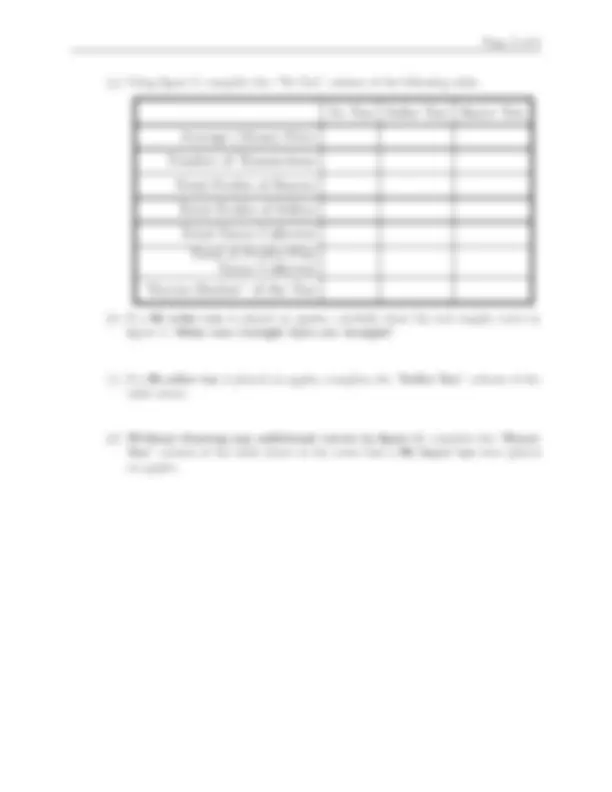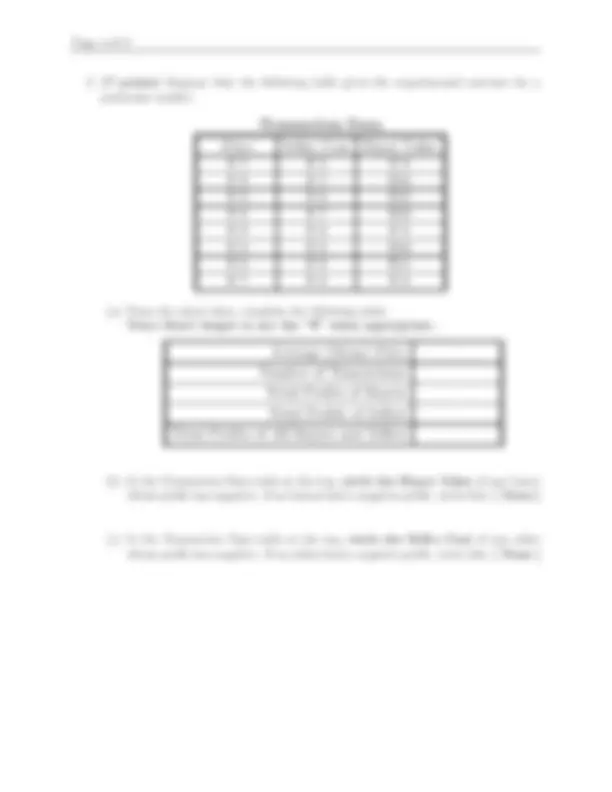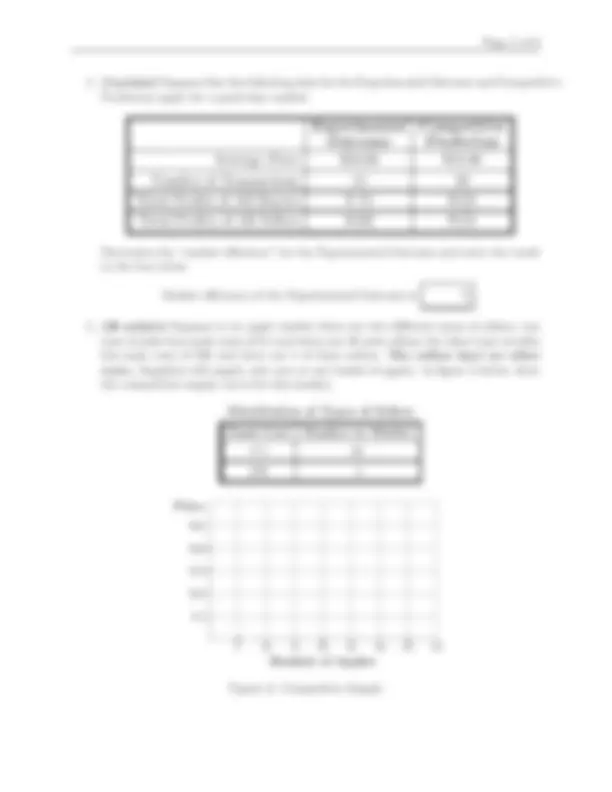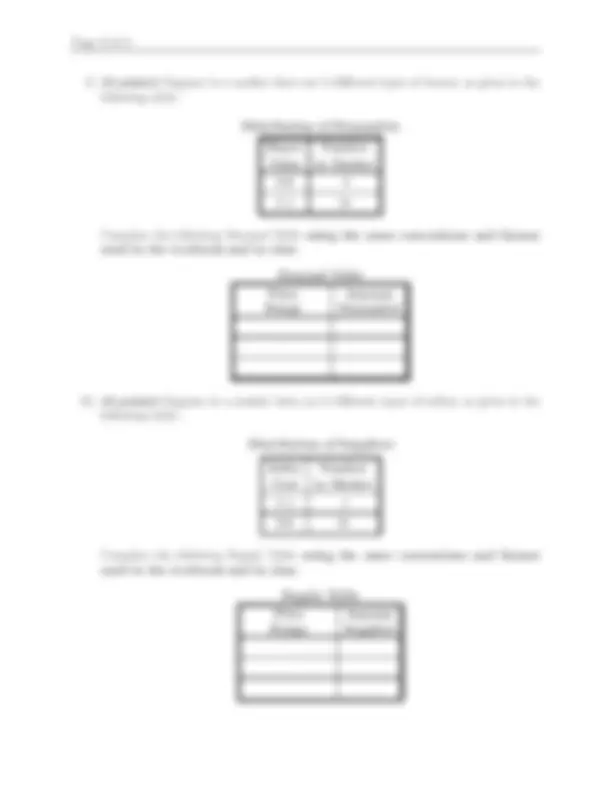






Study with the several resources on Docsity

Earn points by helping other students or get them with a premium plan


Prepare for your exams
Study with the several resources on Docsity

Earn points to download
Earn points by helping other students or get them with a premium plan
Community
Ask the community for help and clear up your study doubts
Discover the best universities in your country according to Docsity users
Free resources
Download our free guides on studying techniques, anxiety management strategies, and thesis advice from Docsity tutors
Material Type: Exam; Professor: Mitchell; Class: Intro to Econ: Class Simulatn; Subject: Economics; University: Southern Illinois University Carbondale; Term: Spring 2007;
Typology: Exams
1 / 8

This page cannot be seen from the preview
Don't miss anything!





Econ 113, Spring 2007 Neatly print your name.............................. March 7, 2007 Exam 1a, 100 points Neatly print your ID number...................
The exam ends at 9:50 a.m.; there are 10 problems. Points for each problem are given in parentheses with the problem number. Write or print neatly and legibly: If I can’t read it, it can’t be correct. Make straight lines straight; points will be deducted for lines that are not straight.
Use Figure 1 below to graph the supply curve. Note: Use the tick marks and make straight lines straight!
Quantity
5 10 15 20 25 30 35
Price
$ 4
$ 8
$
$
Figure 1: Competitive Supply
Supply
Demand
3 6 9 12 15 18 21 24 27 30 Bushels of Apples
$ 3
$ 6
$ 9
$
$
$
$
$
$
$
$
Price
Figure 2: Supply and Demand Before a Tax on Apples
Use figure 2 for problem 2, continuing to the next page...
(a) From the above data, complete the following table. Note: Don’t forget to use the “$” when appropriate.
(b) In the Transaction Data table at the top, circle the Buyer Value of any buyer whose profit was negative. If no buyers had a negative profit, circle this: [ None ]
(c) In the Transaction Data table at the top, circle the Seller Cost of any seller whose profit was negative. If no sellers had a negative profit, circle this: [ None ]
Determine the “market efficiency” for the Experimental Outcome and enter the result in the box below.
Market efficiency of the Experimental Outcome is %.
Distribution of Types of Sellers Sunk Cost Number in Market $ 5 20 $20 5
Bushels of Apples
5 10 15 20 25 30 35 40
Price
$ 5
$
$
$
$
Figure 3: Competitive Supply
(a) If the police intercept one-fifth of a supplier’s transactions, what is the mini- mum price that a supplier must charge on any successful sales in order to avoid a negative profit?
(b) If the police intercept three-fifths of a supplier’s transactions, what is the min- imum price that a supplier must charge on any successful sales in order to avoid a negative profit?
(a) price paid by buyers to: [ fall / rise / remain the same ]; (b) number of transactions to: [ fall / rise / remain the same ]; (c) total amount of money spent on drugs to: [ fall / rise / remain the same ]; (d) total profits of suppliers to: [ fall / rise / remain the same ].
Circle one — but only one — choice for each part.
Distribution of Demanders Buyer Number Value in Market $30 9 $ 5 23
Complete the following Demand Table using the same conventions and format used in the textbook and in class.
Demand Table Price Amount Range Demanded
Distribution of Suppliers
Seller Number Cost in Market $ 5 4 $20 26
Complete the following Supply Table using the same conventions and format used in the textbook and in class.
Supply Table Price Amount Range Supplied